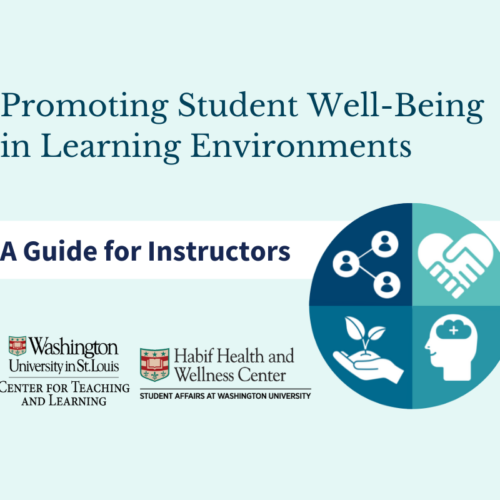Tips for Using Classroom Assessment Techniques
At one point or another, many faculty members fall back on prompts such as, “Any questions?” or “Does this make sense?” to gauge students’ comprehension of a lesson. However, using Classroom Assessment Techniques (CATs) could be a more effective way of monitoring student learning, writes Pete Watkins, associate director of the Center for the Advancement of Teaching at Temple University and an adjunct faculty member in the College of Education, in a recent Faculty Focus article.
In the story, Watkins emphasizes that CATs do not need to be complicated and often require minimum preparation. He gives the example of the “muddiest point exercise,” in which a teacher asks students to write for a few minutes about what they consider the most confusing or unclear aspects of the lesson. The technique has three main benefits, including making it clear to students that confusion is a normal part of learning, reducing the stigma associated with raising one’s hand, and giving the teacher a more comprehensive view of students’ learning in the class.
Watkins cites Angelo and Cross’s book, Classroom Assessment Techniques: A Handbook for College Teachers, as a valuable resource for anyone interested in using CATs.






